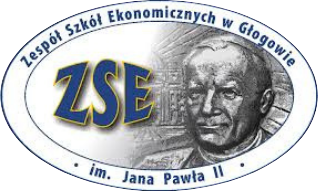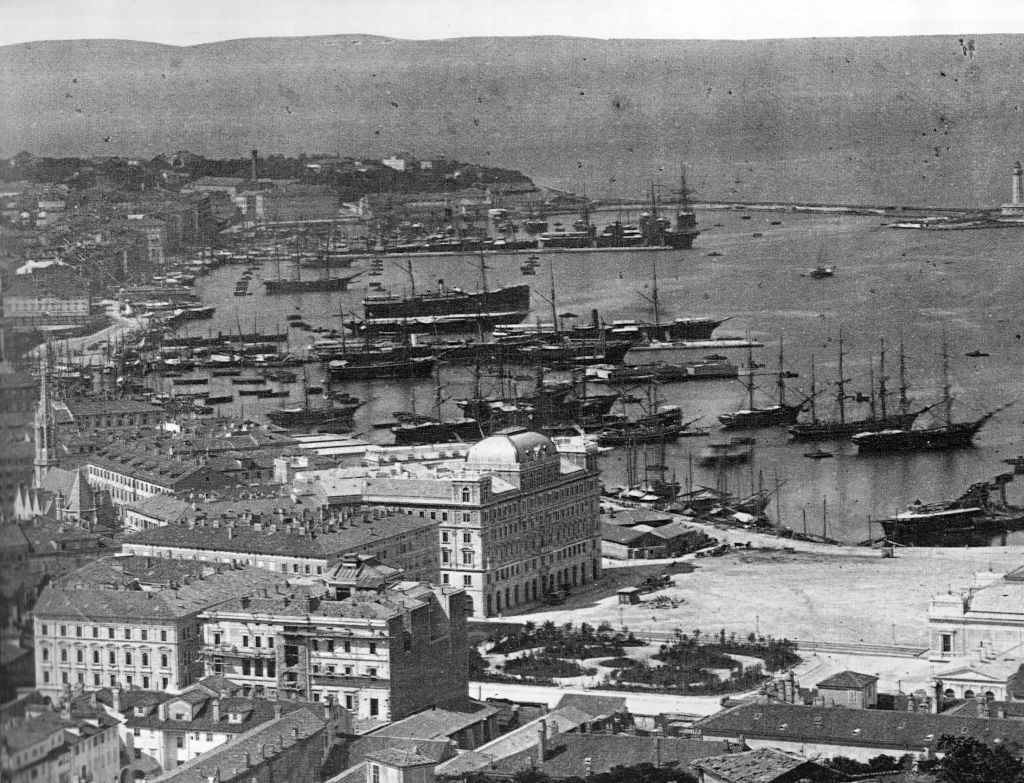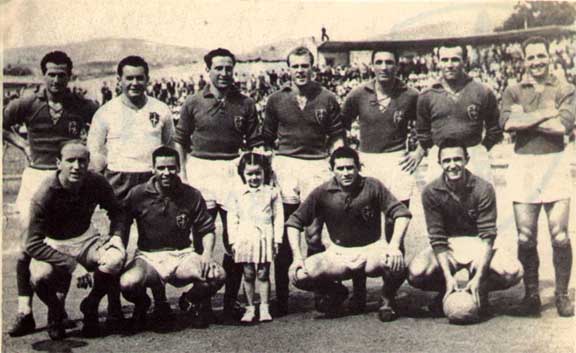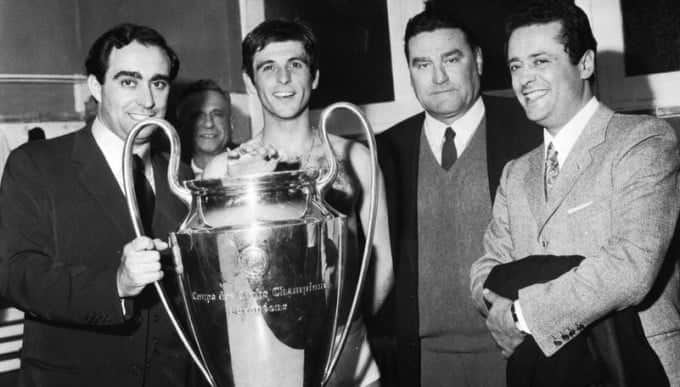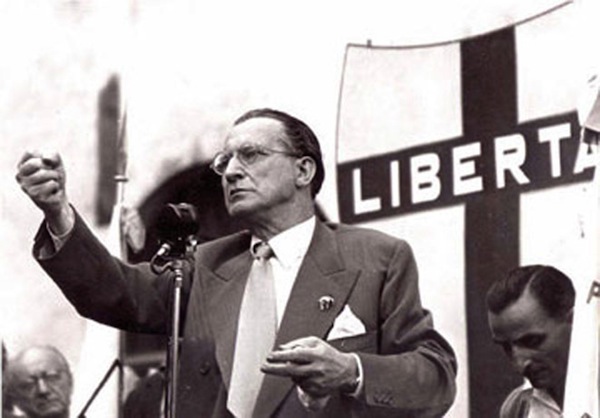Triestina is a football club from Trieste that has produced great players. The first to gain national recognition was Nereo Rocco, who later became a legend of Milan.
True glory began in the late 1930s when the club featured players like Bruno Chizzo, Gino Colaussi, and Pietro Pasinati. Thanks to this trio, the club nearly claimed the national championship in the 1937/38 season, and Italy won the gold at the 1938 World Cup.
A significant factor in the club’s success was the support from the government and influential politicians, who, „for the good of the country,” expanded the league to ensure Triestina could stay in it. Additionally, Giulio Andreotti provided the club with 500 million lire in support. The money was delivered monthly by a policeman on a motorcycle, traveling 1400 km between Rome and Trieste, back and forth.
